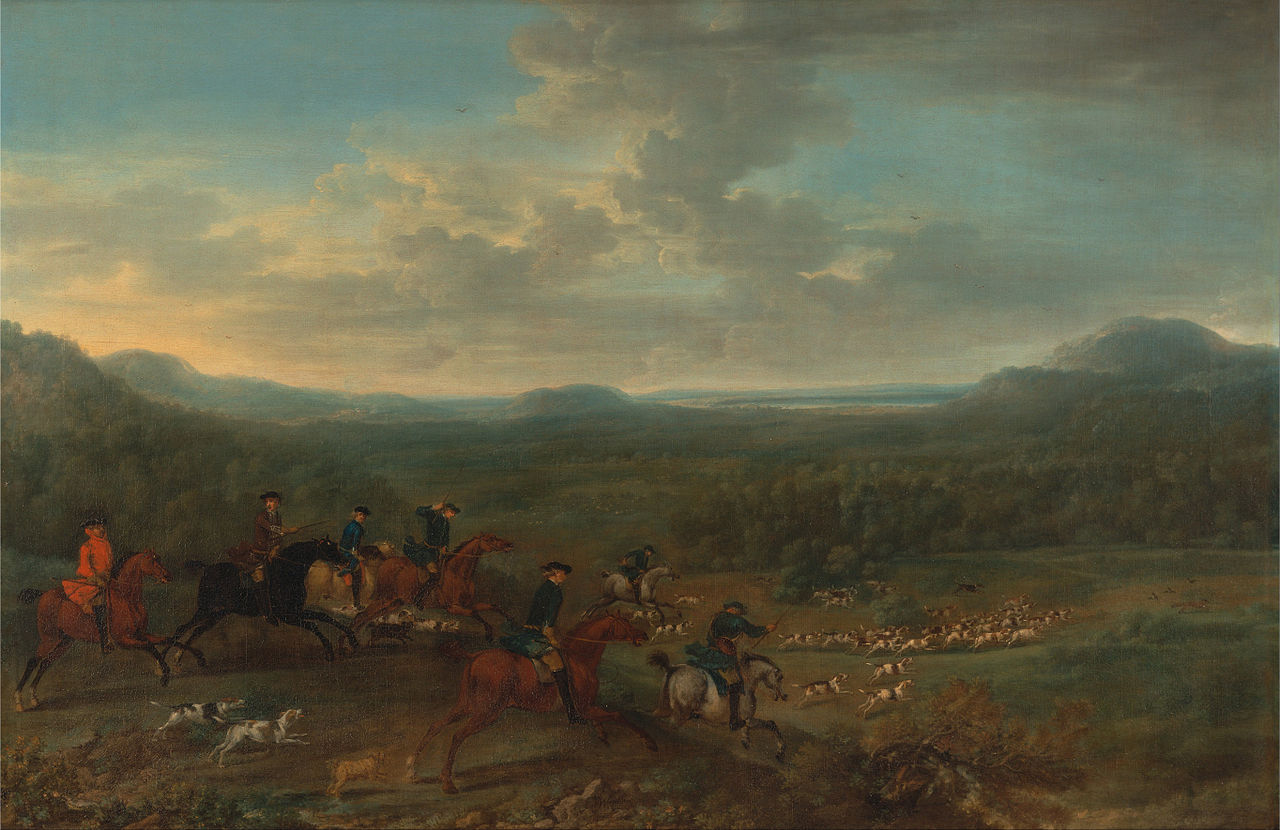'A lot of my paintings are anonymous backdrops for the drama of words. In a way, they're words in front of the old Paramount Studios mountain. You don't have to have a mountain back there - you could have a landscape, a farm. I have background, foreground. It's so simple. And the backgrounds are of no particular character. They're just meant to support the drama, like the Hollywood sign being held up by sticks.' - Ed Ruscha interviewed in Shift magazine, 1988.I've been reading Richard D. Marshall's monograph on Ed Ruscha and what comes over repeatedly is his very postmodern, conceptual insistence that there is nothing very significant about the content of his paintings - backgrounds and foregrounds, images and texts are often arbitrary or deliberately chosen to subvert any obvious interpretation. In this quote he is talking about the paintings he has done of words and mountains - I can't reproduce one for copyright reasons but you can see above in low res the results of a google image search for "Ed Ruscha mountain". In these paintings, the mountains dominate the visual field and yet Ruscha's insistence that they are nothing more than a background returns landscape to its Renaissance function as parergon, secondary to the painting's actual subject matter.
The original Paramount mountain, used from 1917 to 1967
Mention of the Paramount mountain made me look it up on Wikipedia. The article's authors make this corporate logo's origins and meaning sound like an intriguing mystery:
'Legend has it that the mountain is based on a doodle made by W. W. Hodkinson during a meeting with Adolph Zukor. It is said to be based on the memories of his childhood in Utah. Some claim that Utah's Ben Lomond is the mountain Hodkinson doodled, and that Peru's Artesonraju is the mountain in the live-action logo, while others claim that the Italian side of Monviso inspired the logo. Some editions of the logo bear a striking resemblance to the Pfeifferhorn, another Wasatch Range peak, and to the Matterhorn on the border between Switzerland and Italy.'The twenty-four stars on the logo referred to the actors originally under contract at Paramount in 1916. Logos generally have to be simple but because this one is shown on a movie screen it can be very detailed - modern versions have tended to resemble nineteenth century landscape paintings. And of course the actual logo you see at the cinema now is animated - I've included a clip of the 100th anniversary version below.
In the quote above Ed Ruscha mentions another, different form of Hollywood landscape art - the famous old sign itself. Erected in 1923, to advertise "HOLLYWOODLAND", a new segregated, whites-only housing development in the hills above the LA, it was originally only meant to stay up for a year, but soon came to be seen as a popular landmark and symbol of the home of cinema. It was renovated in 1949 (losing the 'LAND') and again in 1978. Wikipedia will tell you about some of the ways it has been altered, imitated and spoofed over the years, although I see that their 'In Popular Culture' section has a stern note from the editors saying 'this section appears to contain trivial, minor, or unrelated references...' Perhaps someone should put a mention of Ed Ruscha in there - he painted several versions of the Hollywood sign in 1968 and returned to the subject again in 1977, showing the letters in reverse as The Back of Hollywood. Here's another Ruscha quote, from an interview in 1984.
'The Hollywood sign is actually a landscape in a sense. It's a real thing and my view of it was really a conservative interpretation of something that exists, so it almost isn't a word in a woay - it's a structure. It's a phenomenon or something.'I think this ilustrates how difficult it is to define this sign, let alone an oil painting of it that exists within a long sequence of works whose subject is nothing but painted words.
The back of the HOLLYWOOD sign
Image from Wikipedia







.jpg/1116px-John_Constable_-_Hampstead_Heath%2C_with_Pond_and_Bathers_(1821).jpg)
%3B_Palace_Museum.jpg)






